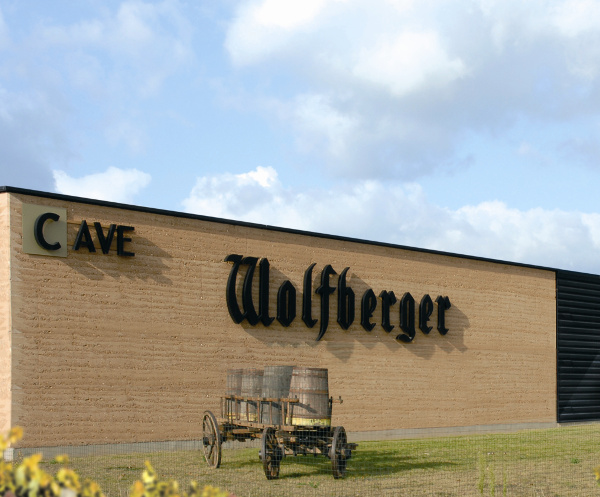
Defining best practices
Wolfberger has added to its quality criterion two others, both essential to the quality of the wine and both of them fair.

The Best Practices challenge during the harvest
Winegrowers are paid by a system unique to the vineyards – the percentage of sugar in the grapes. Wolfberger has added to this quality criterion two others, both essential to the quality of the future wine and both fair. To ensure a certain percentage of sugar means picking the grapes at perfect ripeness, when there is a balance of malic and tartric acid content. And finally, the health of the grape completes the quality demands, and is objectively measured when the grapes are delivered. The visual aspect of the fruit but also samples of the juice measure the parameters linked to the presence of grey rot or other factors in the grape.
Specification sheets for a mechanical harvest
The wine harvest is 80% manual, as required by rules and regulations (for the sparkling wines, the Grands Crus, etc.) or voluntarily imposed and encouraged for the fragile varietals or special selections (old vines, special vintages and others). A harvester is never excluded, as its services are appreciated during rainy years when there is little opportunity to collect the grapes dry. A fast harvesting tool, it gives some play in adjusting the dates of the harvest. It also has a specification sheet drawn up by Wolfberger for its use, just as strict regarding quality as the one for the manual harvest.
Taking delivery of the grapes, a pioneering system in the vineyards
In order to optimize all the efforts made towards content and potential quality of the grapes, Wolfberger set up a system for harvesting in containers that are shorter than usual, called palox®. The grapes are delivered to the press whole and uncrushed, without their skins being split. This system also lets us isolate the different qualities of grapes coming from different areas in order to put them aside for special vintages. The use of these containers will soon be required for all the manual harvests. The success of Wolfberger wines is also due to the fact that we divide the grapes we receive in order to vinify different fruit to get their best from them. The Alsace Grands Crus are, of course, kept apart, but the grapes picked by hand are kept separate from those collected by machine. Likewise the old vines are apart, as well as certain atypical areas and all the grapes that have their own spec sheets. This kind of sorting encourages the traceability and the quality of the wine.






